The Wampanoags were the first to prepare clambakes on Cape Cod, steaming shellfish and corn on the cob on hot rocks under layers of seaweed*.
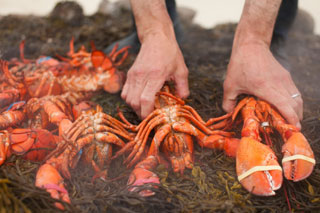 The technique was picked up by early New Englanders and has remained a beloved Cape Cod tradition.
The technique was picked up by early New Englanders and has remained a beloved Cape Cod tradition.
The classic clambake is pit style on the beach. It takes a bit of leg work but is well worth it and can be an unforgettable event. One key to a successful pit style clambake is lots of teamwork, so invite some friends to share the workload and the feast!
Preparation for Cape Cod Clambake on the Beach
To get ready for a Cape Cod clambake on the beach, first a pit is dug in the sand, usually above the high tide line. The pit is then filled with large field stone rocks. From there a thick layer of hardwood firewood is added, enough to last four hours. The fire is lit and left to burn (with supervision!). This is a great time to enjoy the beach, share a drink with friends around the fire, or to prepare for the next steps.
Once the fire has burned down to coals and the rocks are hot (over 400 degrees!), a layer of rockweed is added. The seaweed has small pockets of moisture that release more steam that will help cook the meal and add a briny flavor. Once the thick layer of rockweed is sizzling and steaming away, the food is added. Some put the food on in wooden boxes, while others toss it right on top of the seaweed. Lobsters, hard-shell clams, sweet corn, potatoes, onions, muscles, steamers, and sometimes sausage or other courses are added, with another layer of rockweed covering them. Depending on the size of your clambake you may need 20 or more pounds of fresh, wet rockweed. The whole pile is then covered with a wet canvas tarp, soaked in seawater, followed by a blue tarp to keep the steam and heat in. Finally, sand is shoveled around the edges of the tarp, so it doesn’t blow away.
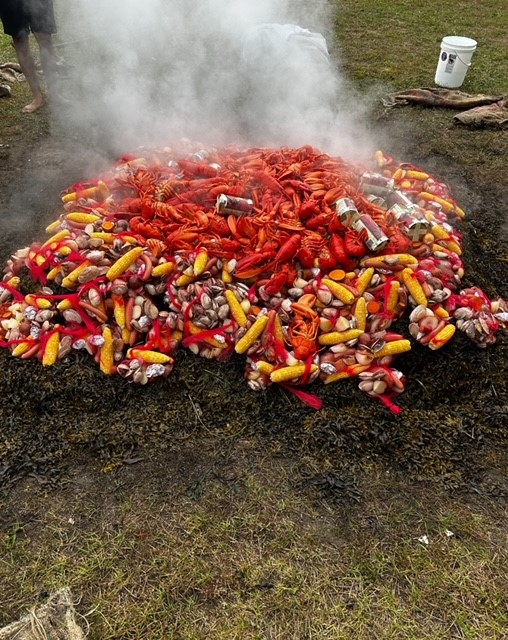
The pile steams for an hour or so and then the process begins in reverse, slowly deconstructing the pile to reveal a feast! Be careful when removing your tarps to avoid getting sand in your meal. From there you have a delicious, local meal to enjoy with family and friends. The meal is made all the better for the hard work put in and for the sea breezes, sunsets, and views of a beachfront location!
DIY Cape Cod Clambake on the Beach
In order to do your own 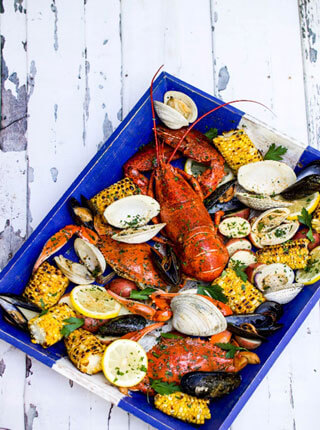 clambakes on Cape Cod, you’ll likely need a permit from the town or parks service to have a fire on the beach and will want to be sure to have lots of help to lug the necessities onto the beach.
clambakes on Cape Cod, you’ll likely need a permit from the town or parks service to have a fire on the beach and will want to be sure to have lots of help to lug the necessities onto the beach.
If you don’t want to haul all the rocks, firewood, seaweed, food, coolers, and other supplies down to the beach, or don’t envy the cleanup, but want to enjoy the summer flavors of a clambake, fear not, there are still plenty of options for you! Consider attending a clambake put on by a local organization as a fundraiser or hosted by a hotel or tour company.
Hire a Catering Company to Do All the Heavy Lifting
Several catering companies on Cape Cod and the Islands will do the heavy lifting for you if you’d like to have a private clambake for an event. Other seafood restaurants do clambakes to-go! Just pick up the already prepared meal and enjoy it on the beach of your choice.
Pot-Style Clambakes on Cape Cod
If you’d still like to cook yourself but don’t want the whole production of pit digging, there’s also the option of a pot-style clambake. This is perfect for a backyard fire pit, a grill, or even the kitchen stove! Some follow the same premise of the pit-style with heated rocks, just enclosed in a charcoal grill. Others are more of a clam-boil, steaming all of the essentials in a stove top pot. The benefit of this approach is a manageable and still impressive meal that doesn’t involve lugging any firewood! Plus, there is the leftover seafood broth which can be combined with butter for a delicious dipping sauce!
Whatever way you choose to enjoy it, the flavors of clambakes on Cape Cod or the Islands is the perfect way to enjoy fresh local seafood and celebrate summer!
If you’re up for the challenge, check out these 10 Great Beaches for Clambake Parties and Campfires on Cape Cod and the Islands.
If you’d rather watch the process or have it ready when you arrive, consider working with one of the companies that provides catered clambakes! The annual Wampanoag Powwow in Mashpee is another place where you can watch the process being done or buy a ticket to sample the fare, certainly one of the most annually anticipated clambakes on Cape Cod.
*For more information on the Wampanoag tradition of clambakes consider Russell M. Peters’ book, “Clambake: A Wampanoag Tradition (We Are Still Here),” a short book detailing a young boy learning about the tradition from his grandfather in Mashpee.

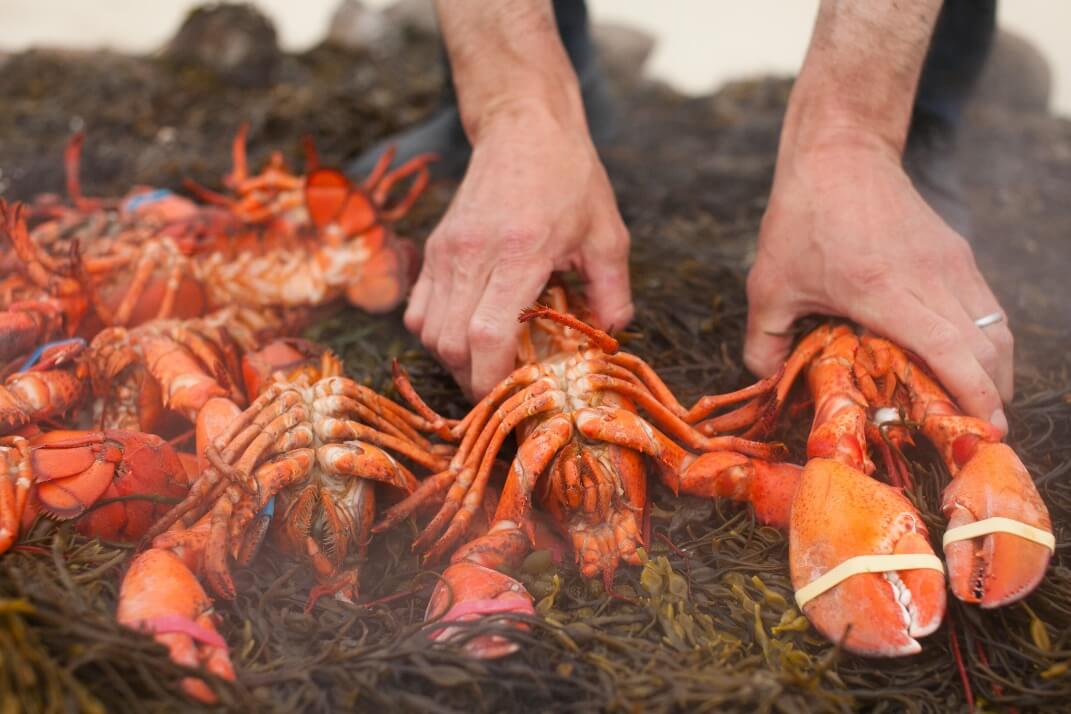









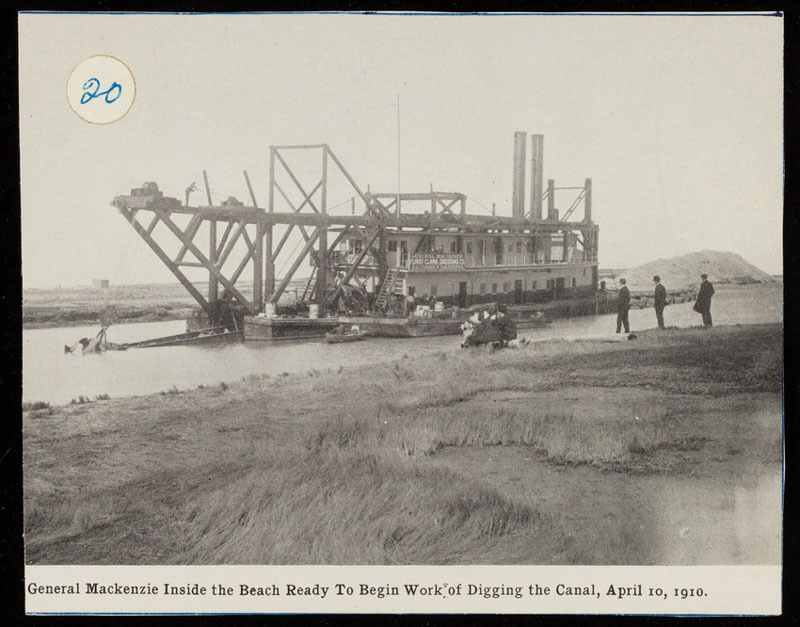
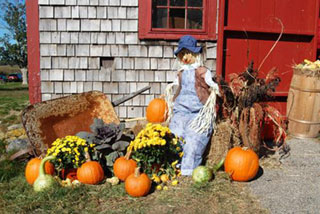
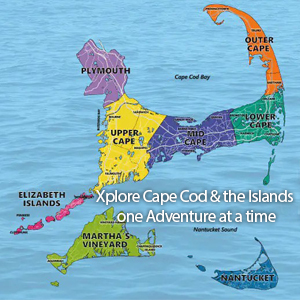
This Post Has One Comment
Pingback: 7 Types Of Natural Clams Found On Cape Cod